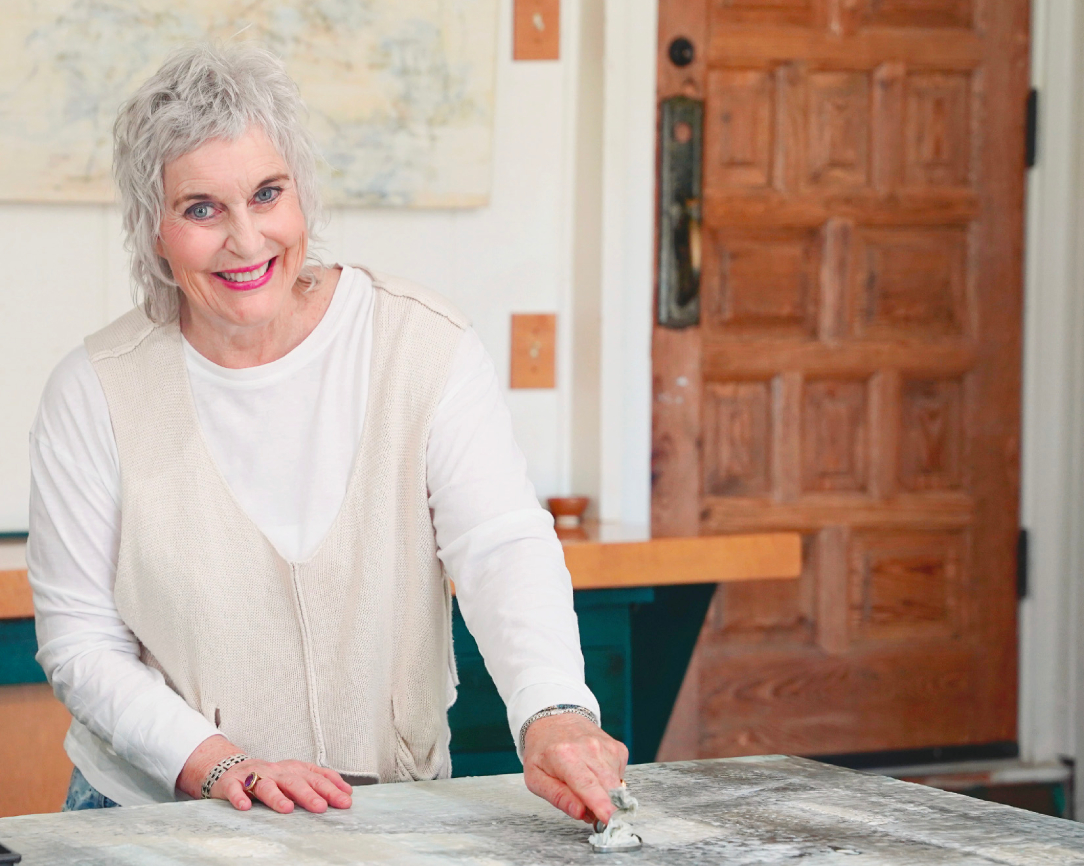Painting with beeswax connects me to nature and draws me into sacred resonance. It is my open-eye meditation. Similar to life, every layer of beeswax, one upon the other, represents each moment in time fused with our past and present creating life’s journey. The depth to the multi-layers of beeswax that is at the same time translucent and opaque reveals a luminosity within and an untold story left to our imagining.
Encaustic’s Evolution
Encaustic painting can be traced back to as early as 5th century BC to Greece, Egypt and Rome. The ancient Egyptian Fayum portraits were painted with encaustic and Grecian seafarers decorated their ships by adding color to the wax weather-coating. By the Renaissance encaustic nearly disappeared as other painting techniques became popular. Today artist’s enthusiasm for painting with beeswax has reignited interest with collectors.

The Process
Melt beeswax mixed with damar resin (a fir-tree sap) and pigment. Paint and fuse with fire. Repeat. There can be up to 30-50 layers of wax in a single painting. There are no limits to the freedom and expression of encaustic. It can be built up, bundled with coats of wax, or scraped down. It can be precise or messy, finite or infinite, flat or dimensional. It can be smoothed and polished to a high gloss, or left textured; rough yet refined. It can be cast and sculpted, combined with oil and pastel or left in its natural hue. The free flow of molten beeswax has a mind of its own, and there is little control over the process. Every painting is a practice of allowing and surrendering.
Care
Encaustic is archival and durable and requires common-sense care like all fine art paintings. Wax is its own protectant from moisture and rot. There is no sealant applied and should not be framed under glass or acrylic. Beeswax is sensitive to extreme heat and cold and thrives best at room temperature, 75 to 80 degrees Fahrenheit. Damar resin raises the melting point of beeswax to around 160 degrees Fahrenheit so it is unlikely a painting will ever melt; however it is not recommended to hang a painting in direct sunlight; or leave in a car on hot days where it may become sticky; or on freezing days where it can shatter. Once the beeswax and resin are fully cured the painting will retain a beautiful patina. Simply buffing with a soft white cloth will give it a high luster.